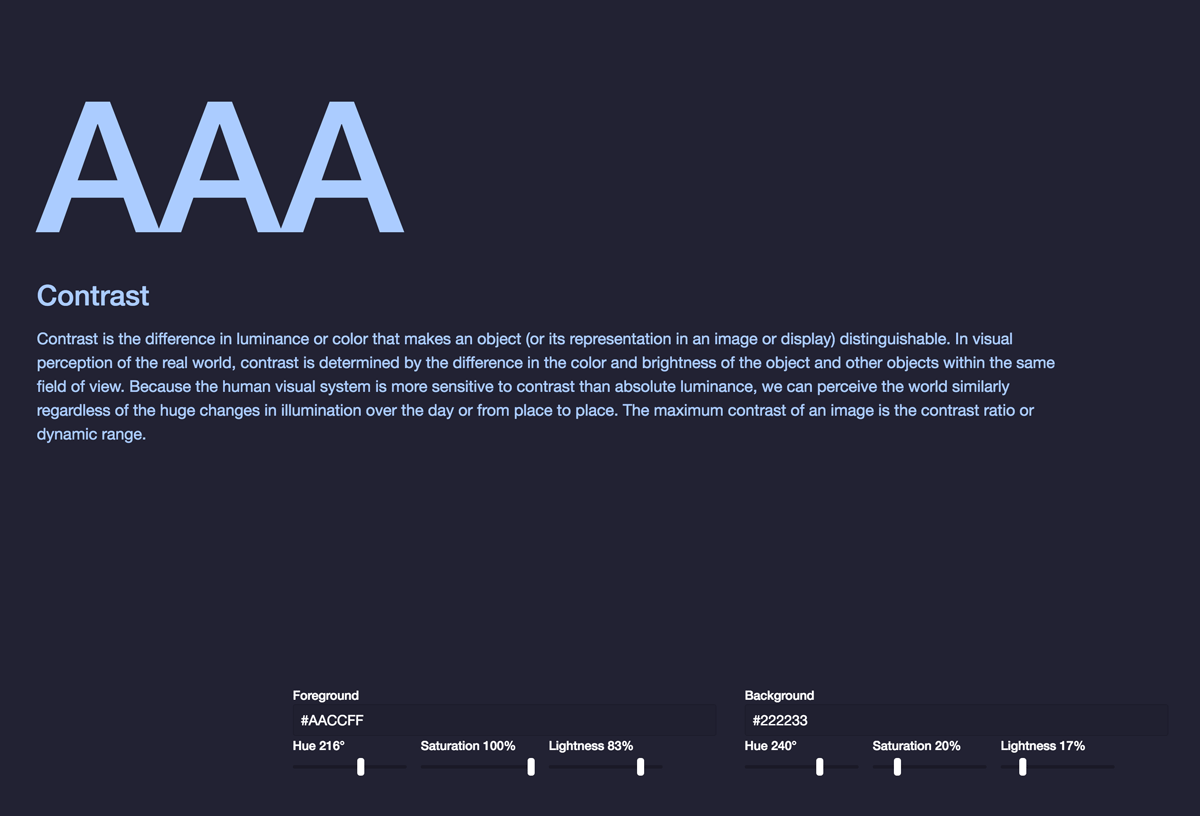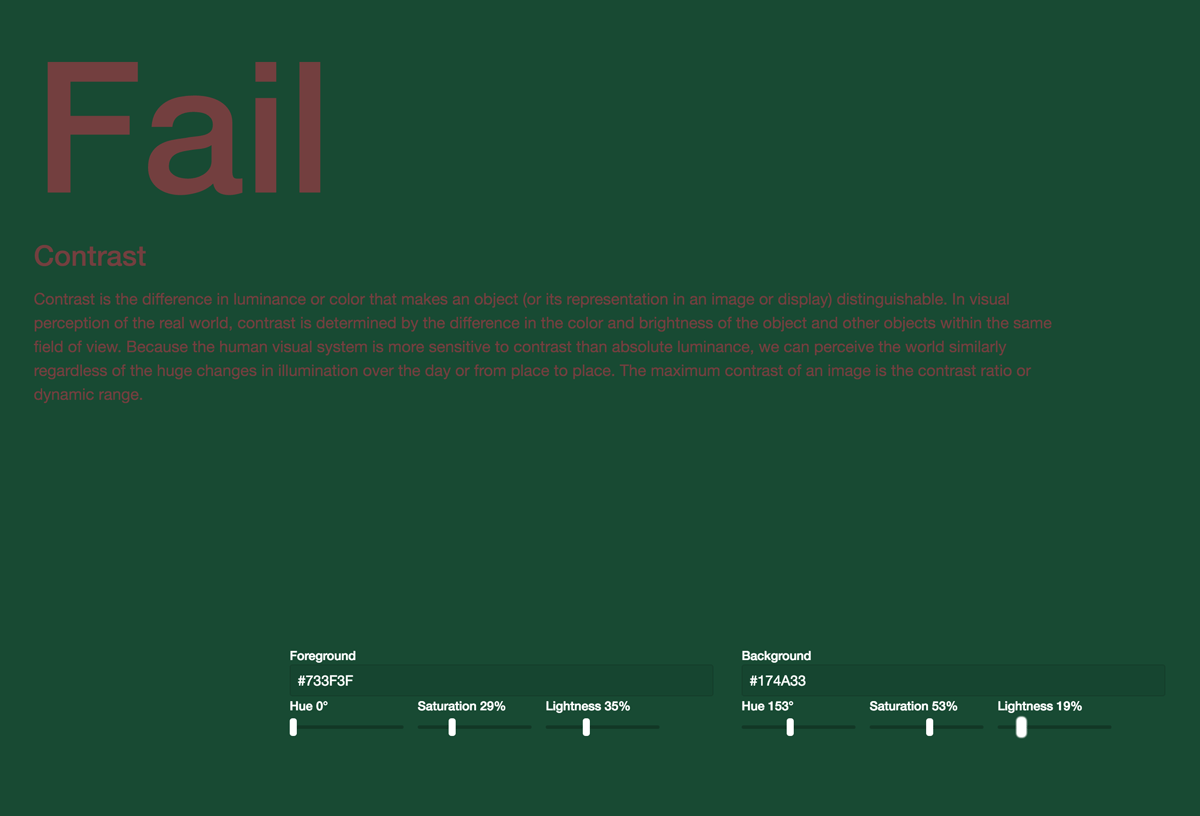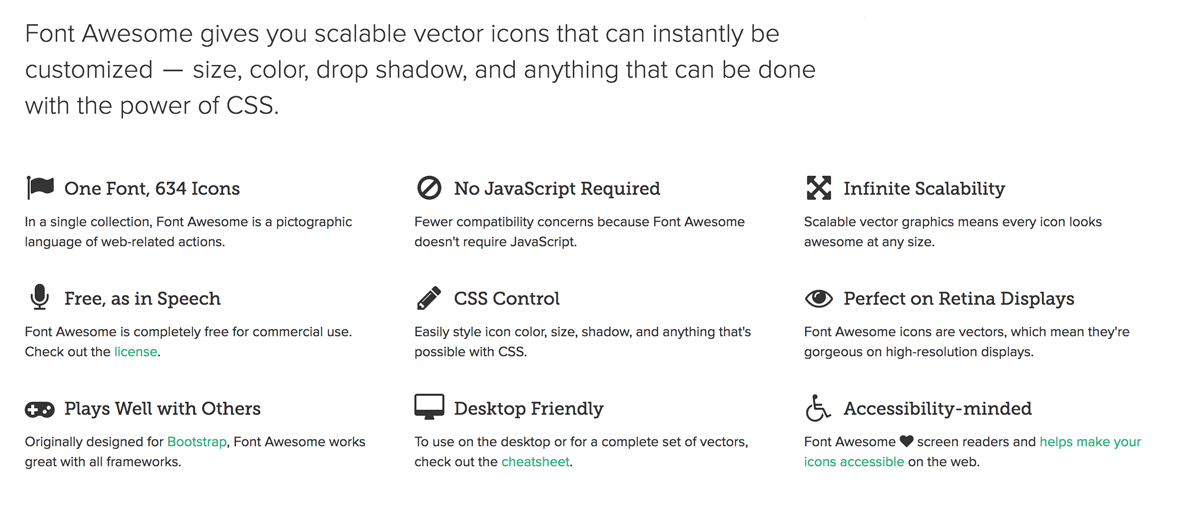According to internetlivestats.com the current number of websites on the internet is a figure around 998 495 309, a figure which is already taking less than a second to change, given the amount of people in the world who are continuously adding new websites, staking their claim of cyber real estate.
With so many websites out there, users are spoiled for choice with websites in the same category and industry, each contending for the user’s attention.
With this in mind, it is prudent to implement a creative web design strategy which will take your website from good to great.
Here are essential 6 tweaks to do just that:
1. Not just another pretty face
Now, we know we focus a lot on the significance of visual design, but let’s face it, although design plays a major role in a website’s value, there also has to be quality content to back it up.
Together with a strategic web design, content that is substantial reflects your company as an authentic brand, laying the foundation to a trusting relationship with your target market.
This means providing relevant, meaningful material which adds value to your reader’s life and enhances the overall experience of your website as an important resource.
Social media has highlighted the customer as a significant player in the online communication arena, with customers preferring a more natural interaction through content which they can use in their lives as opposed to the direct message of an advert which is a more didactic, one-sided approach (representing the brand’s point of view), not facilitating user engagement and interaction.
Content has become a means of creating a genuine relationship a customer. For this reason, content must address relevant issues by providing information which answers your customers’ questions regarding your product and services, giving them insight into your brand and showing you are there to assist them and meet their needs. This can be achieved via a company blog, or other online platforms where the customers can engage directly with a brand and in that way learn about products and services.
Valuable content can include special tips, quick turnaround solutions, streamlining a business or lifestyle, where you add to your consumers’ lives and thereby position your brand as a go-to source for quality assistance. Include FAQs, hints about new developments on the horizon or tips that make their lives easier – know that by sharing your knowledge you are investing in your target market and building a stronger relationship,
2. Simplicity is the new black
Simplifying your web pages reduces decisions and in turn decision time, which plays an important role in keeping visitors interested, facilitating their choice to interact with your website and brand.
According to Hick’s Law or Hick-Hyman law, two British psychologists who studied the speed of decision making in relation to the number of choices given to an individual, time in making a decision (and in turn its difficulty) increases logarithmically according to the number of choices. The implication here for web design is that simplifying a web page reduces decisions and decision time which plays an important role in maintaining visitors’ interest and facilitating the decision to interact with the website and the brand.
There are many web design elements which contribute to creating a simplified website which is still visually interesting with informative content. These are elements such as limiting your menu between 5 – 7 tabs which means reducing the number of pages. White space also allows the user to scan the page quickly, so that key messages can be strategically positioned to communicate effectively and quickly. A cluttered web page makes it difficult to read or identify key components of messages that you want to share with your user.
3. Insights into your audience
Google Analytics provides a wealth of information about your website in terms of its effectiveness and impact on your target market or visitor. Added to this benefit is that it is a completely free tool which can be accessed on http://www.google.com/analytics/ , providing a wide range of tracking statistics and analysis which gives insights into your audience at no additional cost.
All that is needed is a Gmail account (also available without any cost to you), in order to sign up and make use of Google Analytics services.
The types of information provided by Google Analytics is as follows:
Insight into sources of website traffic
Google Analytics enables you to understand the most effective ways of driving traffic to your website by being able to track how people found your site which in turns allows you to tweak your communication strategy, allowing you to focus on the most effective medium – be it from a link from another website, via paid advertisements, from search engines or from a direct link.
Analysis of keywords
Google Analytics allows you to see which keywords are directing users to your site which will then inform your copywriting so that you can tweak it to foster SEO to boost your web traffic.
Insight into your visitors
Google Analytics gives your insight into your website visitors which in turn can guide your advertising campaigns and keyword targeting while providing content which is of interest to your visitors.
4. Find your perfect match
Creating contrast between your background colour and font colour makes a difference to the legibility of your text and in turn the ease in which your message is communicated. ‘Colorable’ is an online tool that enables testing of the colour combinations of your foreground-background colours according to the standards of the Web Content Accessibility Guidelines (WCAG). The tool allows you to try different colour combinations which are awarded a result according to its effectiveness. A “Fail” result shows what is not working while “AA Large” shows that it is acceptable and can work well for your website.
Although it may be something that is taken for granted, the “Colorable” website allows creatives to experiment with different fonts and background colours, enabling a designer to test which colours work best together in order to further set your website apart and ensure dynamic messaging.


5. Visual Cues
Improve navigation and user experience with icons and vectors. When it comes to processing information, the human brain is partial to images and icons. Using globally recognised icons (such as the magnifying glass for search or the telephone for contact details) or icons which are industry specific (such as a desktop computer for desktop friendly or a pencil to show CSS control) adds interest and simplifies the content, impacting on your user’s decision making time, drawing your user into your content by making it easily accessible.
6. Image revamping
Images create visual interest both through their ability to tell a story and to draw the user right into the story content. Replacing outdated images or even introducing new images which are more effective in their illustration of a particular communication, boosts the visual impact of your website while appealing to the reader on an intellectual and emotional level, further developing your relationship with your customers.
Relationship building and nurturing continues to be a significant objective in online communications, especially establishing a genuine solid relationship where your customer grows to trust the brand resulting in frequent interaction on many levels from website engagement, building a brand community to impacting on product or service sales.
It is important to keep in mind that just as the internet is forever evolving so too is the arena of web design and websites. As people become more cyber savvy and as trends and tastes change and develop, a website has to change too to accommodate new expectations so that communication is always clear and cutting edge. This in turn effectively achieves the website’s objectives and delivers the brand’s message, ensuring that your modifications are taking your website from good to great.





